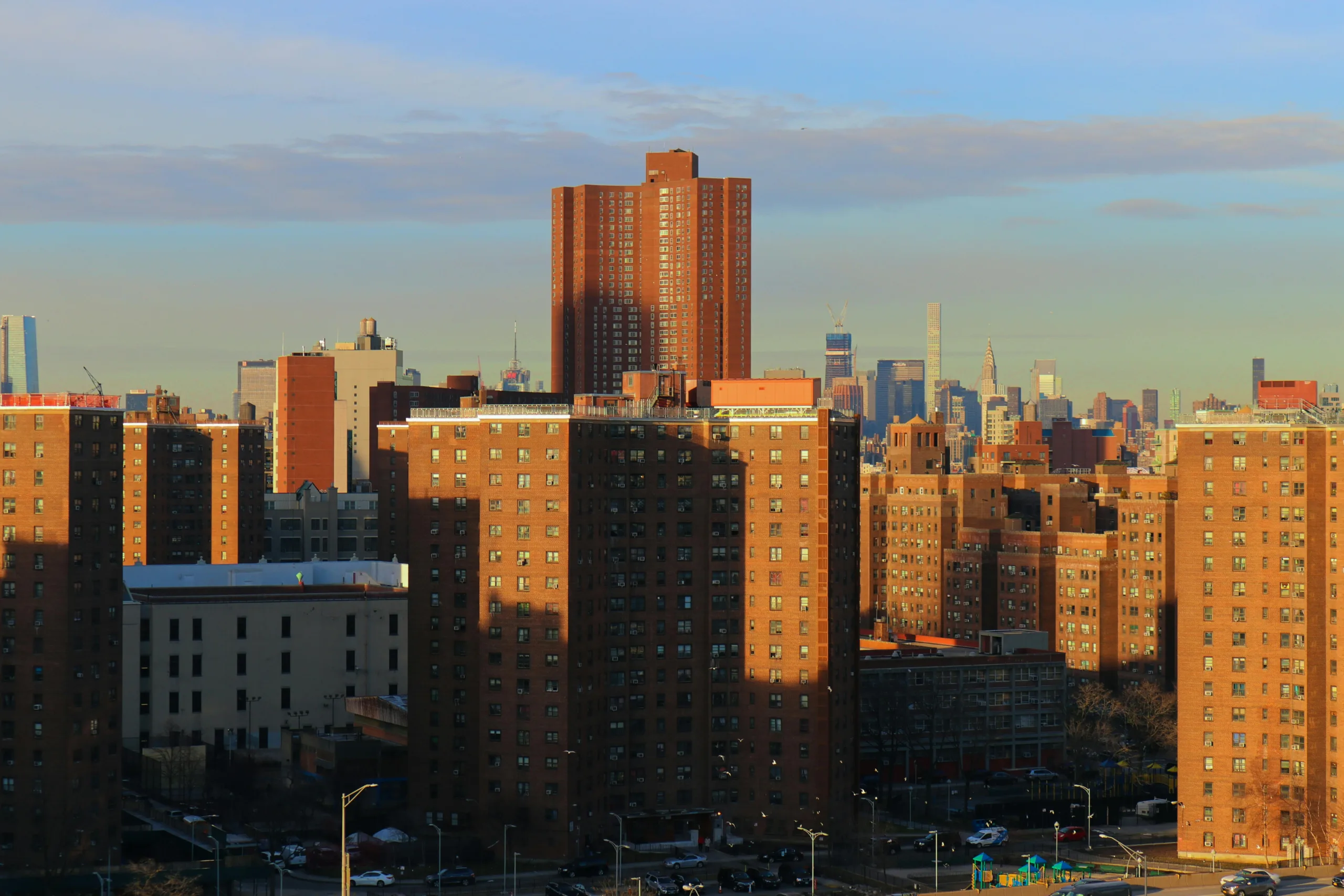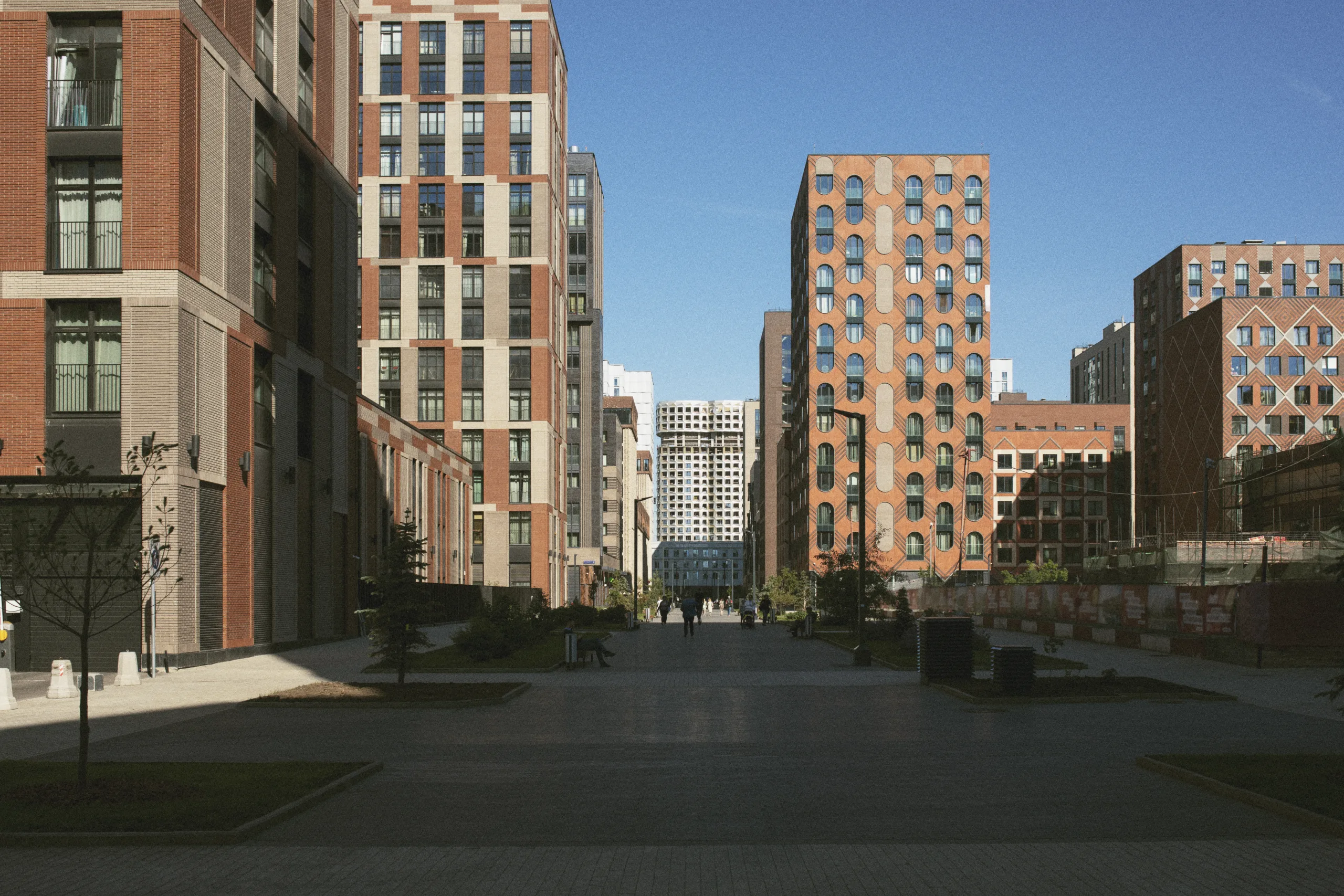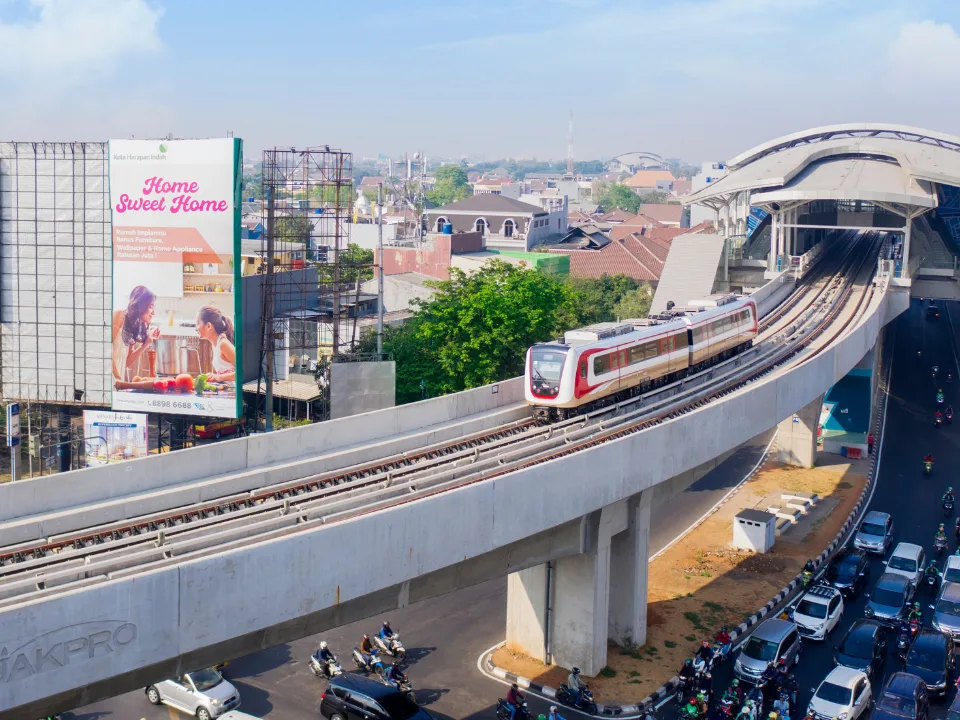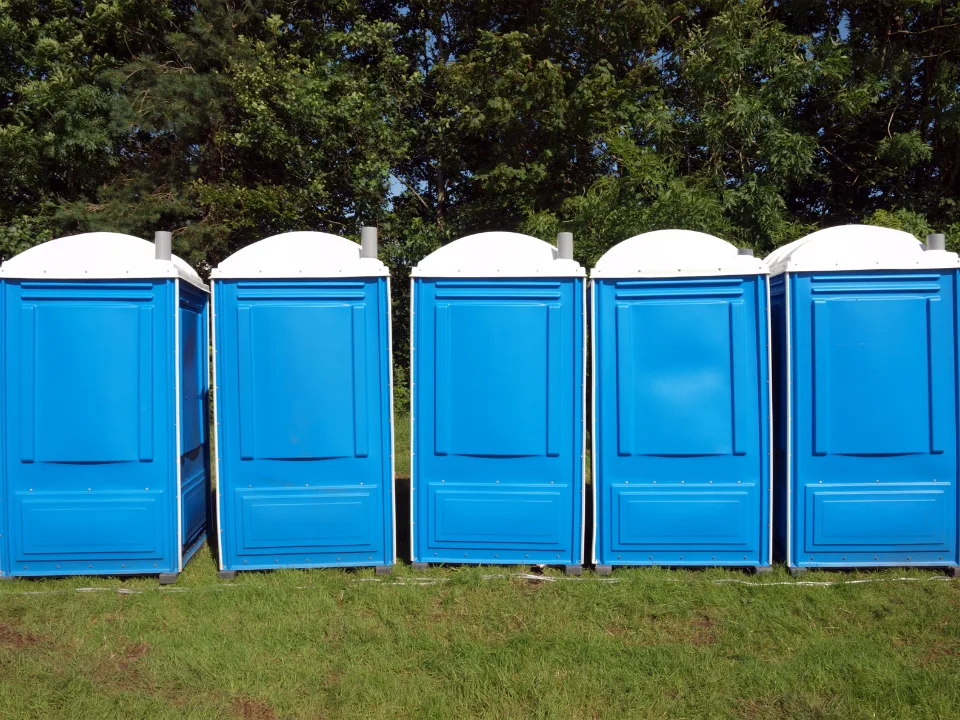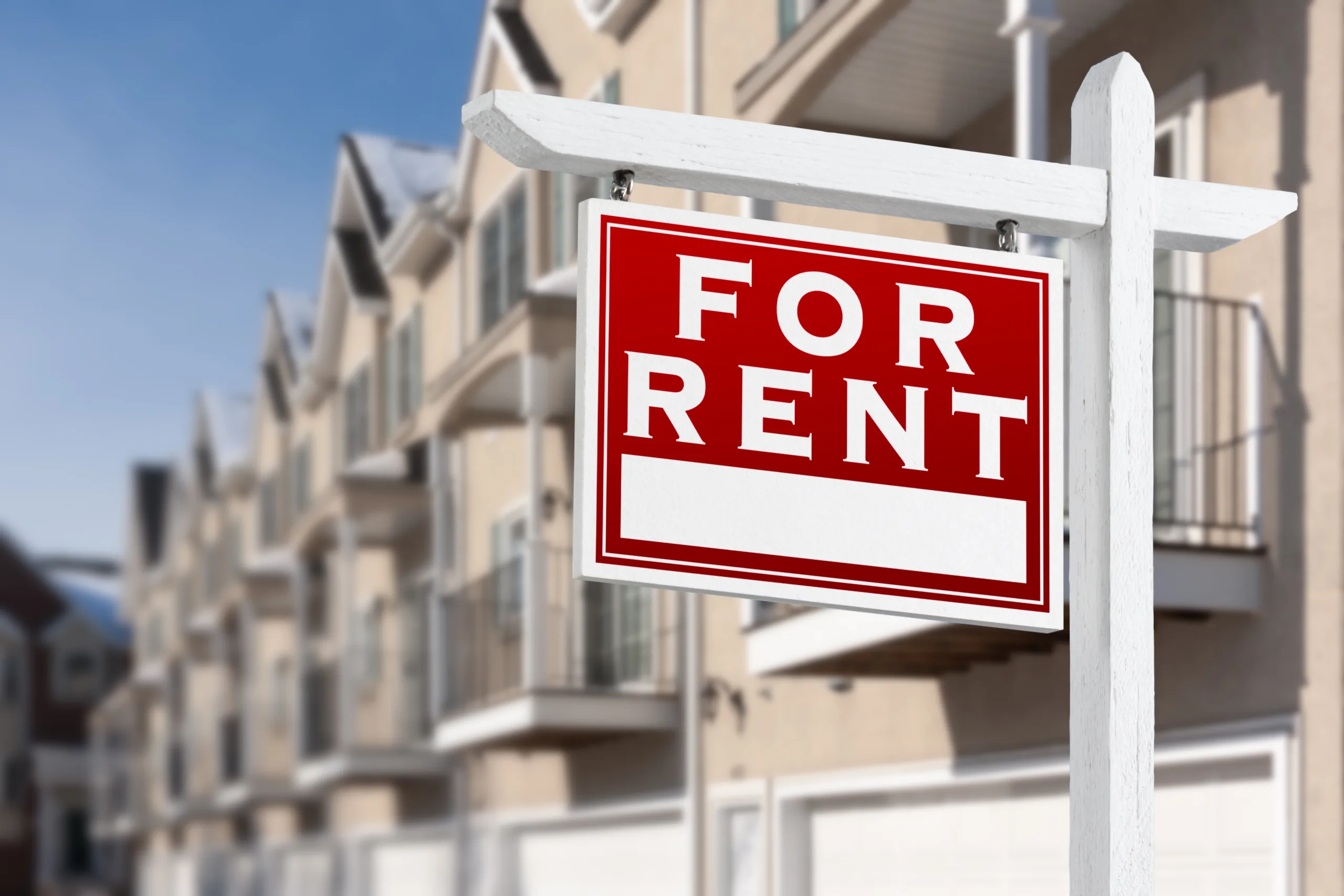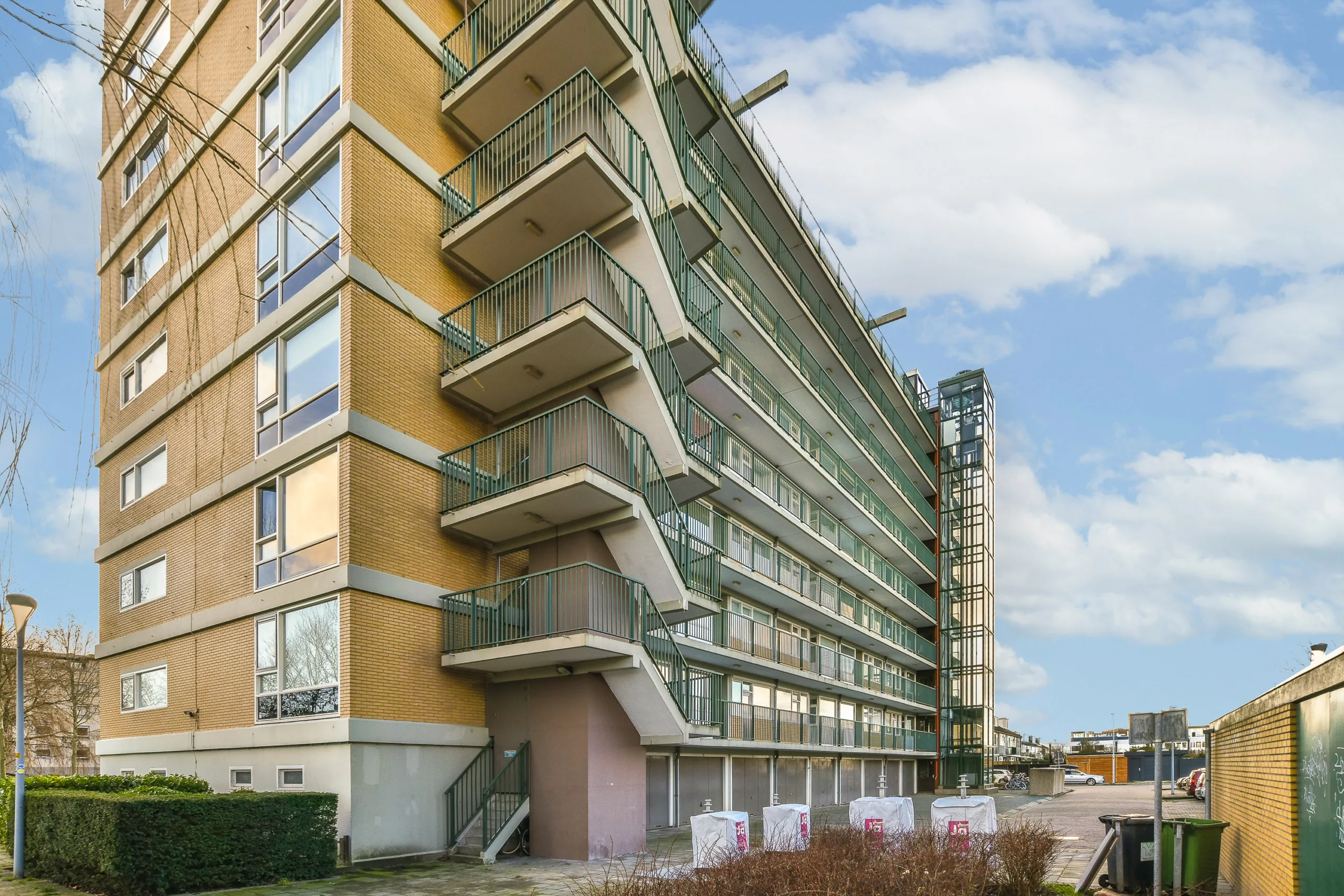- Gov. Newsom signed SB79 into law, allowing developers to more easily build multistory apartment buildings near major transit stops in eight urban counties, including Los Angeles.
- Los Angeles officials strongly opposed the law, saying it limits local control and could fuel gentrification and strain infrastructure.
- Supporters argue the law will help alleviate California’s housing crisis by enabling dense development near public transit and cutting reliance on cars.
- SB79 is part of a broader housing push, including environmental regulation rollbacks and reduced union labor requirements for most projects.
Sacramento vs. L.A.
Gov. Gavin Newsom on Friday signed SB79, a bill designed to increase housing density near transit, setting off sharp criticism from Los Angeles officials, per WSJ.
While the governor touted the law as a “commonsense” way to tackle California’s housing shortage, L.A. Mayor Karen Bass called it a top-down measure that “diminishes neighborhood input.”
The law, championed by State Sen. Scott Wiener, is the latest and most aggressive in a series of pro-housing reforms from Sacramento. It allows buildings up to 65 feet tall within a quarter-mile of major bus or rail stations and slightly lower heights within a half-mile, provided they meet affordability and zoning requirements.
Urban Housing Tensions
Los Angeles, where 74% of residential land is zoned for single-family homes, has seen some of the steepest housing shortages in the nation. Despite being far larger than Dallas, L.A. has permitted 63% fewer new housing units so far this year.
Still, L.A. officials, including Councilwoman Traci Park, argue the law will lead to unchecked development and displacement in established neighborhoods. “SB79 opens the floodgates,” Park said, warning of increased traffic, environmental stress, and public safety concerns.
A Shift in Strategy
Housing advocates say the law is a necessary correction to decades of restrictive zoning. A 2010 UCLA study found L.A.’s population capacity under local zoning laws had fallen by more than half since 1972.
SB79 applies only to eight densely populated counties and drops union labor mandates for most buildings, removing cost barriers that critics say have hampered earlier housing laws. Combined with recent rollbacks of environmental review rules, 2025 is shaping up to be a transformative year for California’s housing landscape.
Get Smarter about what matters in CRE
Stay ahead of trends in commercial real estate with CRE Daily – the free newsletter delivering everything you need to start your day in just 5-minutes
What’s Next
Although SB79 removes zoning barriers, developers still face high land and construction costs, as well as high interest rates, which may limit the law’s near-term impact. In places like L.A.’s Rancho Park neighborhood—where current zoning restricts new construction near transit—SB79 could eventually allow apartment buildings up to seven stories tall.
Local reaction remains divided. “One-size-fits-all does not work,” said Rancho Park resident Annette Mercer. “But we can’t preserve every single-family neighborhood forever when there’s a homelessness crisis.”
With California’s housing shortage now a central policy focus, more top-down reforms may follow—regardless of local resistance.
Why It Matters
California’s housing affordability crisis continues to reshape the balance of power between state and local governments. SB79 represents a fundamental shift: prioritizing housing production over local zoning control—especially in urban, transit-connected areas where the need is greatest.
